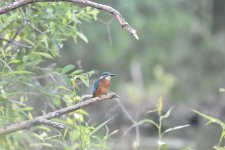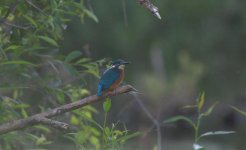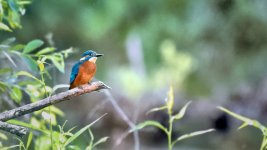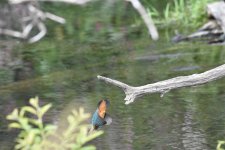Smithy1000
Well-known member
Hello,
Can anyone tell me why the RAW images are significantly worse than the JPEG image?
when the files have been downloaded to the pc the image looks ok for a couple of seconds then changes to a really noisy darker image.
The images were shot on Nikon D5600 with 200-500m f/5.6 VR lens
shot on manual mode at 1/500s @f/5.6 with auto ISO selecting 6400.
The 2 images show the jpeg version on the left and the raw version on the right.
Can anyone tell me why the RAW image changes from ok to really bad after 2 seconds after clicking on the downloaded image?
Can anyone tell me why the RAW images are significantly worse than the JPEG image?
when the files have been downloaded to the pc the image looks ok for a couple of seconds then changes to a really noisy darker image.
The images were shot on Nikon D5600 with 200-500m f/5.6 VR lens
shot on manual mode at 1/500s @f/5.6 with auto ISO selecting 6400.
The 2 images show the jpeg version on the left and the raw version on the right.
Can anyone tell me why the RAW image changes from ok to really bad after 2 seconds after clicking on the downloaded image?










